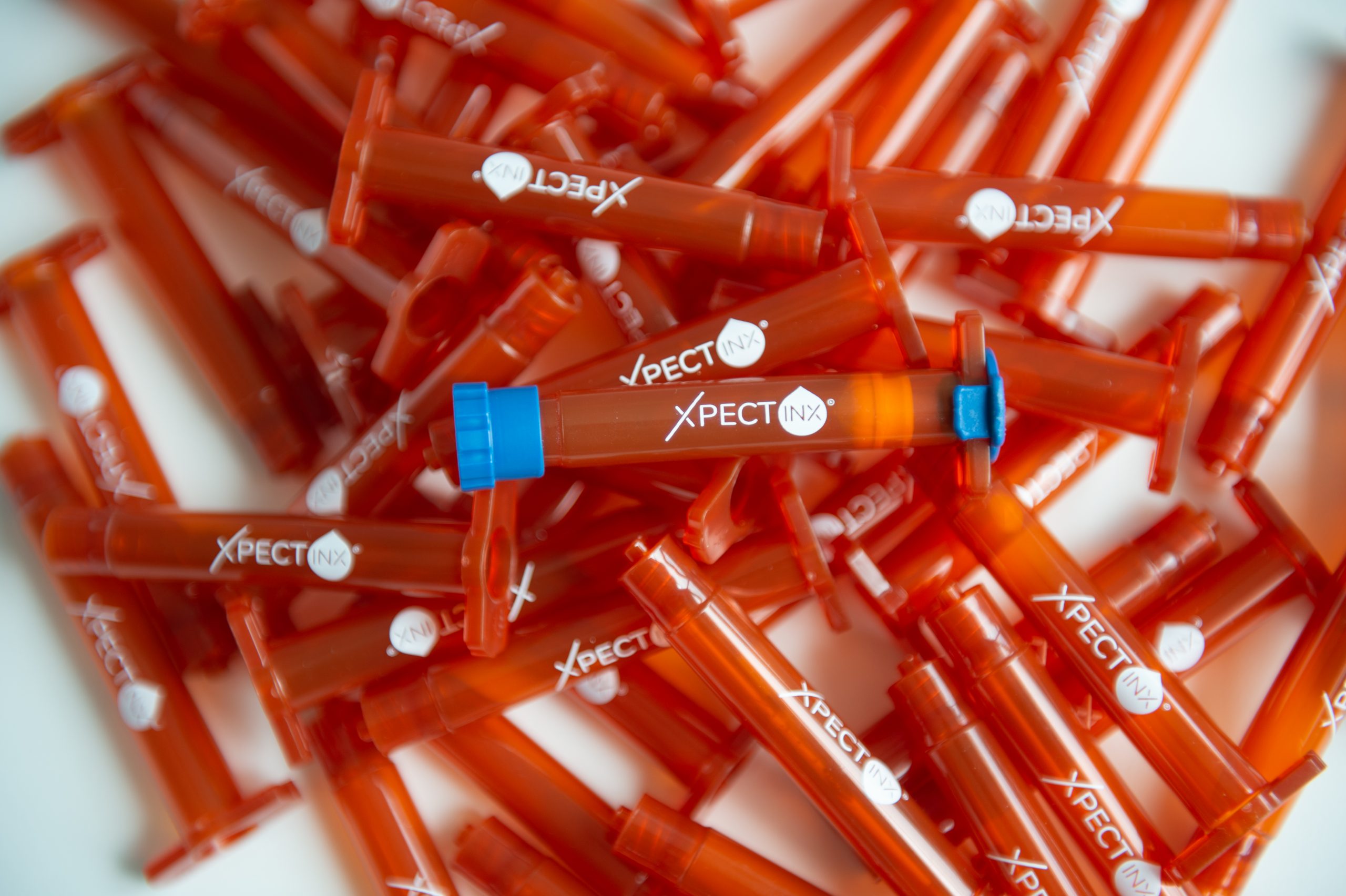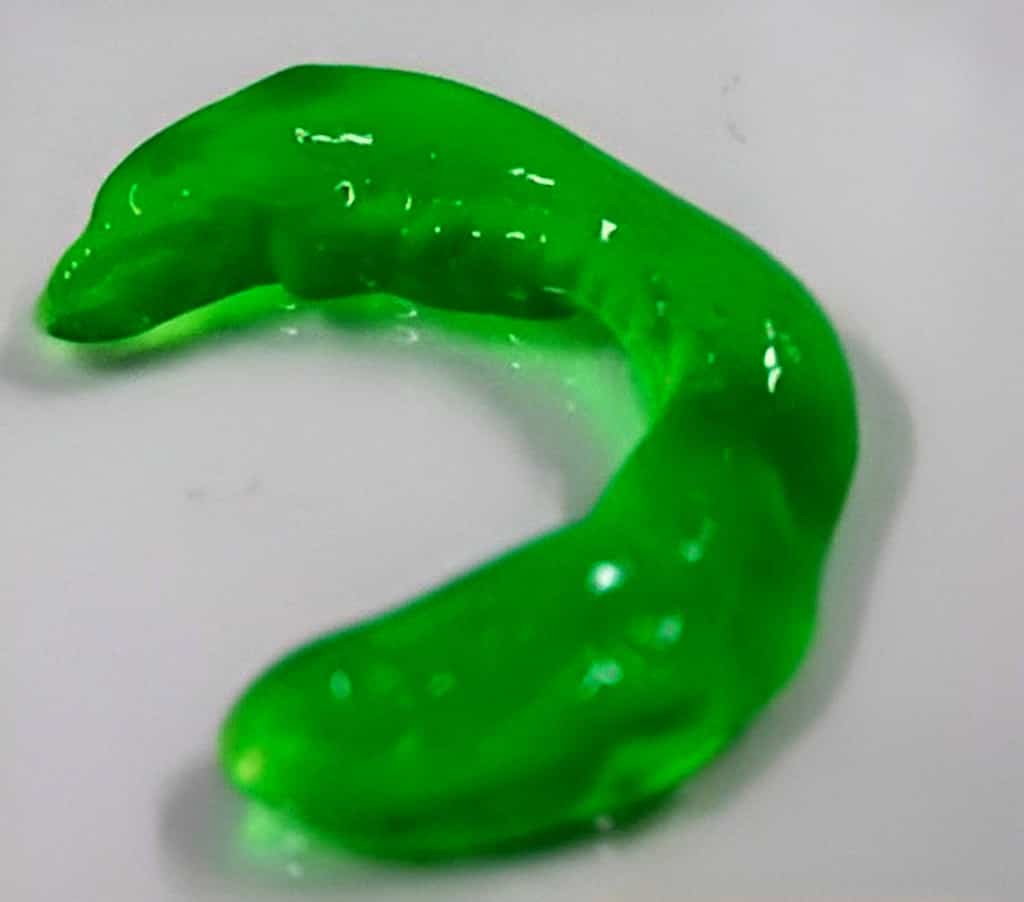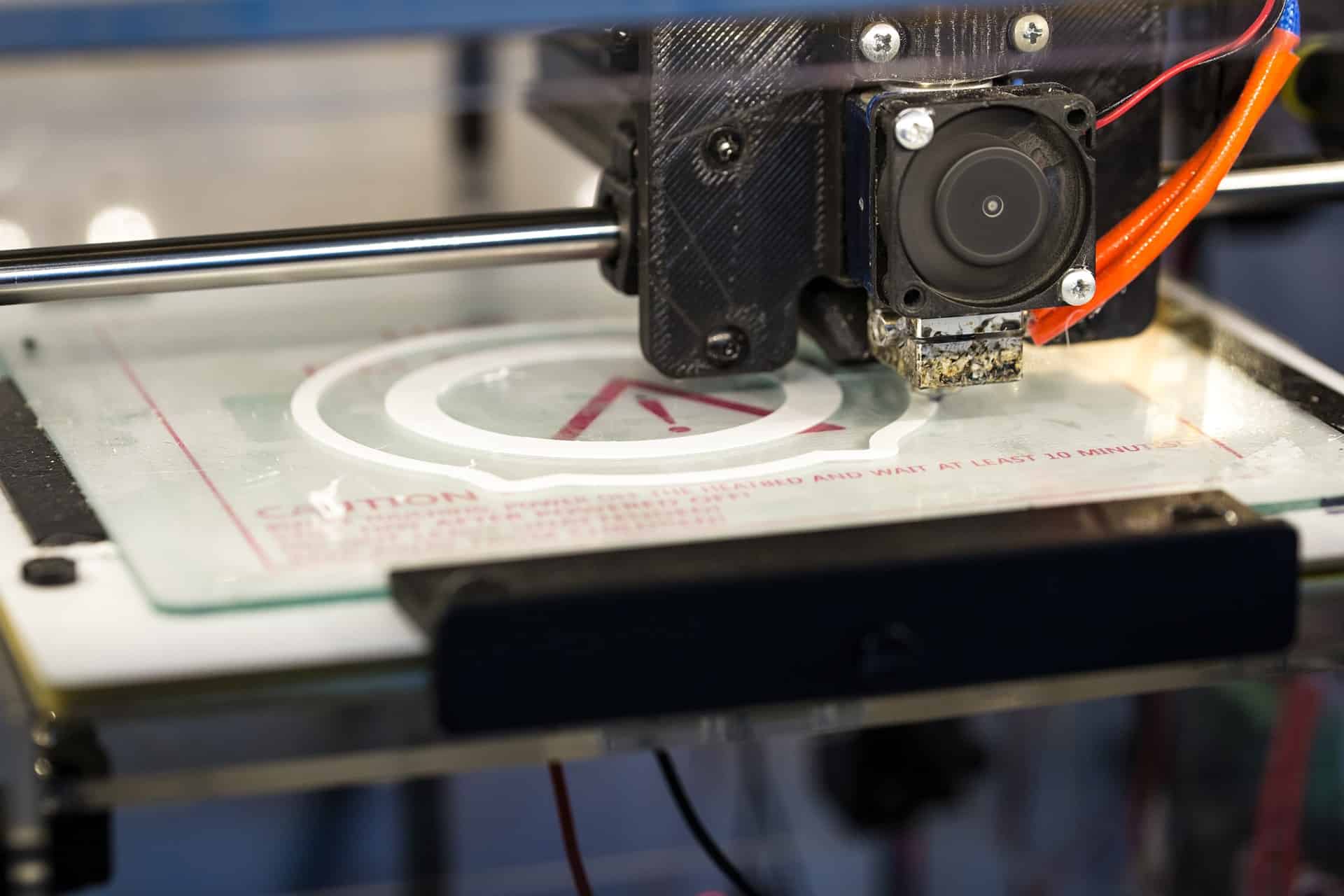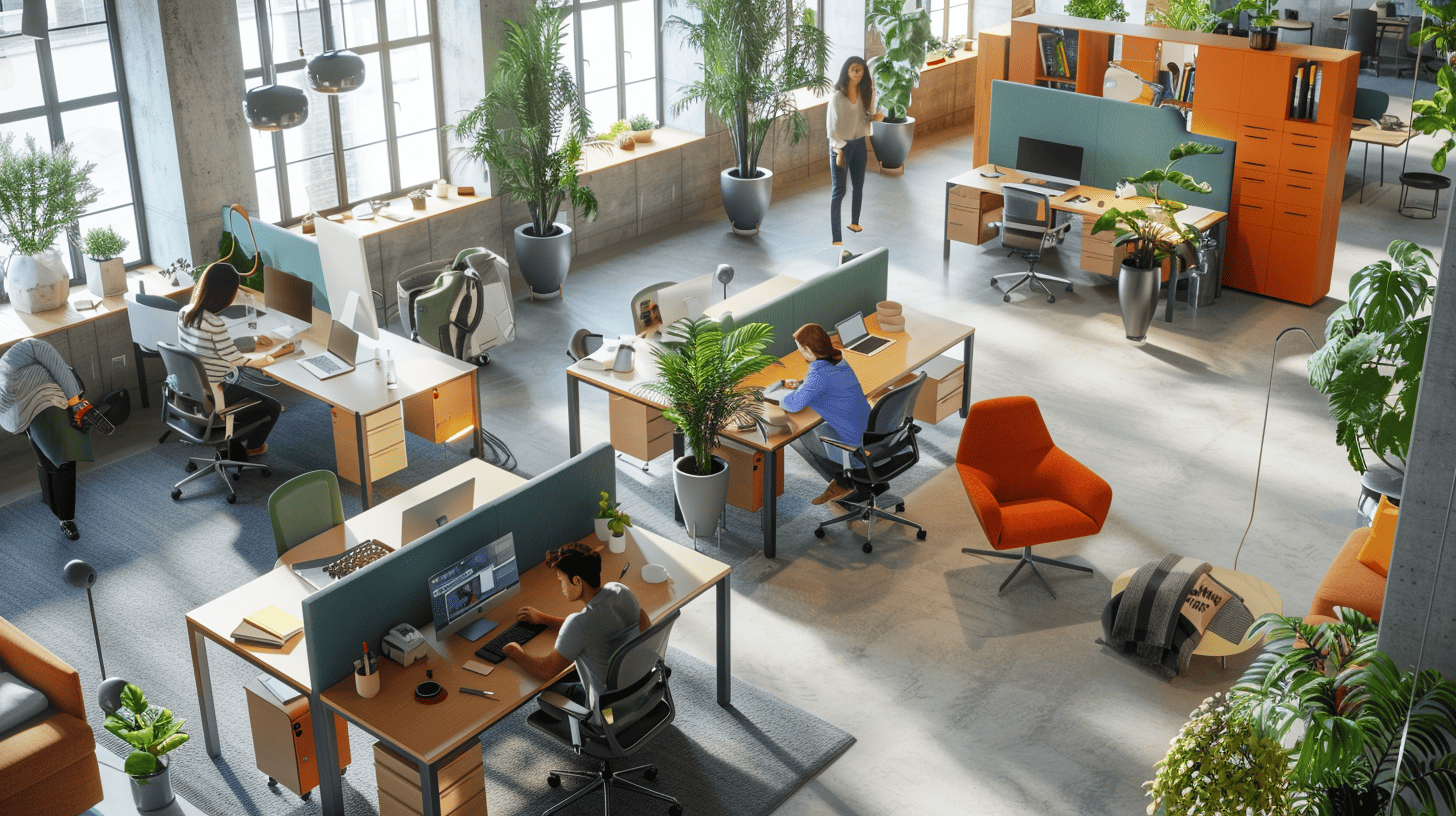
With the development of what is known as bio-ink, the Flemish company Xpect-INX has brought the printing of human organs one step closer. The company is a spin-off from a project of the Belgian University of Ghent (UGent).
Flanders is at the forefront of 3D printing across a wide range of application areas. The bio-fabrication of tissue is still in its infancy, although it has already come a long way. The Polymer Chemistry and Biomaterials research group, led by Sandra van Vlierberghe and Peter Dubruel, has been researching new polymers and bio-inks for these types of applications for more than 10 years.
According to the university, however, the possibilities in the medical sector have so far been limited to 3D printing of medical equipment or anatomical models. This was due to a lack of materials that can mimic the structure and function of biological tissues. These innovative materials developed at UGent have now made it possible to print human tissue.
Bio-ink provides a healthy growth environment for cells
“Printing cells and tissues in 3D is very challenging,” says UGent researcher and co-founder of Xpect-INX, Jasper Van Hoorick. “3D-printed cells must be able to grow and function like normal human cells. They also need to be able to interact with existing cells until the body is able to fully integrate them. The key to this is the use of suitable and biocompatible materials, which we call ‘bio-inks.’ These are compounds of materials that bear a strong resemblance to the natural cell environment. The bio-inks provide mechanical strength, a healthy growth environment for the cells, and, on top of that, they make it possible to process these cells using various 3D printing techniques.”
Patient-specific solutions
Applications for these types of bio-inks are numerous. They range from converting 2D cell cultures in Petri dishes into more realistic 3D cultures, repairing or replacing damaged cells or tissues due to illness or injury, to growing ‘mini organs-on-a-chip’ for screening new drugs.
Substantial reduction in the number of animal experiments
Nowadays, procedures such as breast reconstruction and replacing a heart valve or meniscus are often fraught with complications. The combination of 3D printing with these bio-inks can offer a more durable and patient-specific solution. For example, the damaged tissue can be replaced by new, body-specific tissue, just like a defective part in a car. Eventually, it should even be possible to print entire organs. This could solve the shortage of donor organs.
“For clinical studies, this technology can also offer options to grow cells or mini-organs as models for testing new drugs,” Jasper Van Hoorick adds. “We could substantially reduce the number of animal experiments this way.”







